Related Research Articles
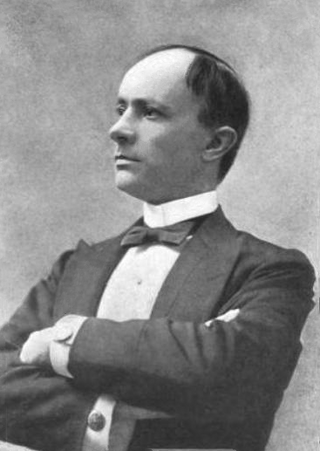
Charles Rohlfs, was an American actor, patternmaker, stove designer and furniture maker. Rohlfs is a representative of the Arts and Crafts Movement, and is most famous for his skill as a furniture designer and maker.
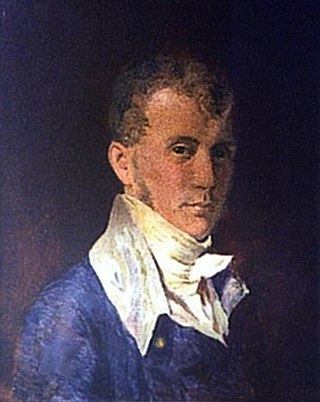
Duncan Phyfe was one of nineteenth-century America's leading cabinetmakers.

Shaker furniture is a distinctive style of furniture developed by the United Society of Believers in Christ's Second Appearing, commonly known as Shakers, a religious sect that had guiding principles of simplicity, utility and honesty. Their beliefs were reflected in the well-made furniture of minimalist designs.

The Goddard and Townsend families of Newport lend their name to an extensive body of New England furniture associated with Newport, Rhode Island in the second half of the 18th century.
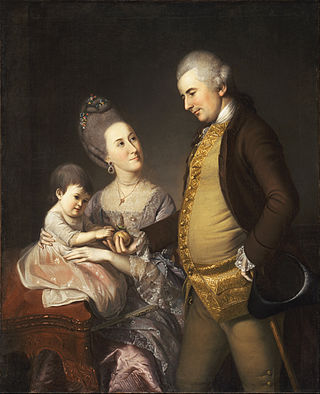
Thomas Affleck (1740–1795) was an 18th-century American cabinetmaker, who specialized in furniture in the Philadelphia Chippendale style.

Daniel Pabst was a German-born American cabinetmaker of the Victorian Era. He is credited with some of the most extraordinary custom interiors and hand-crafted furniture in the United States. Sometimes working in collaboration with architect Frank Furness (1839–1912), he made pieces in the Renaissance Revival, Neo-Grec, Modern Gothic, and Colonial Revival styles. Examples of his work are in the collections of the Metropolitan Museum of Art, the Philadelphia Museum of Art, the Art Institute of Chicago, and the Victoria and Albert Museum in London.

Gottlieb Daniel Paul Weber was a German artist. Weber is known for his ethereal and timeless landscape paintings of early northeast America. He emigrated to the U.S. in 1848 and though he returned to Germany around 1860 his influence on American landscape painting was still felt for years.
Peter Stretch was among the most prominent early American clockmakers and among the first makers of scientific instruments in America.

Jonathan Gostelowe was an 18th-century American cabinetmaker, best remembered for his Philadelphia Chippendale-style furniture.
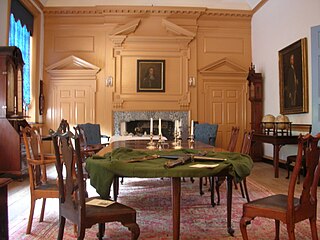
William Savery was an 18th-century American cabinetmaker noted for his furniture in the Queen Anne and Philadelphia Chippendale styles.
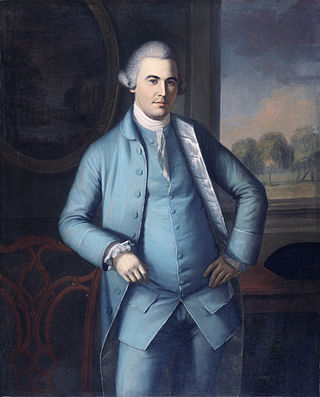
Benjamin Randolph (1721—1791) was an 18th-century American cabinetmaker who made furniture in the Queen Anne and Philadelphia Chippendale styles. He made the lap desk on which Thomas Jefferson drafted the Declaration of Independence.
Arthur Espenet Carpenter was a master woodworker and furniture maker in Bolinas, California known for his wishbone chair and desk with scalloped seashell sides. Self-taught, he joined the Baulines Craft Guild. He also taught had apprentices. His work is in the collection of the Smithsonian Institution and has been exhibited in The Museum of Modern Art and The Museum of Arts and Design in New York. He was declared a “living California treasure” in 1984. He received The Furniture Society's Award of Distinction in 2001.
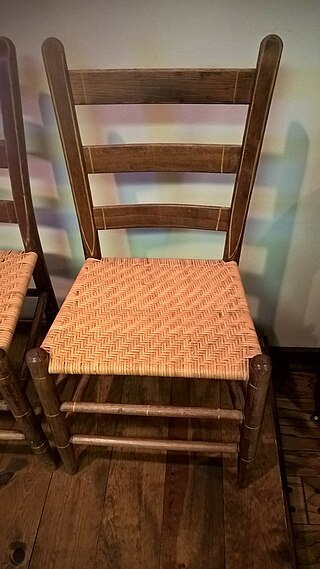
A ladderback chair, also ladder-back chair, slatback chair or fiddle back although that name is used less now due to the creation of the fiddle back chair. It gets its name from the horizontal spindles that serve as the back support on them and are reminiscent of a ladder.
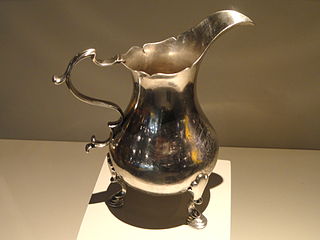
Daniel Dupuy, Sr., was an American silversmith who was active from 1745 to 1805 in Philadelphia. He was born as the fourth child of Dr. John and Anne (Chardavoine) Dupuy, Huguenots, in New York City, and apprenticed in 1740 to his brother-in-law, Peter David, in Philadelphia. He married Eleanor Cox on September 6, 1746, in Philadelphia, and with her had six children, including silversmith Daniel Dupuy, Jr. Dupuy's works are collected in the Metropolitan Museum of Art, the National Museum of American History, Winterthur, the Yale University Museum, and elsewhere.
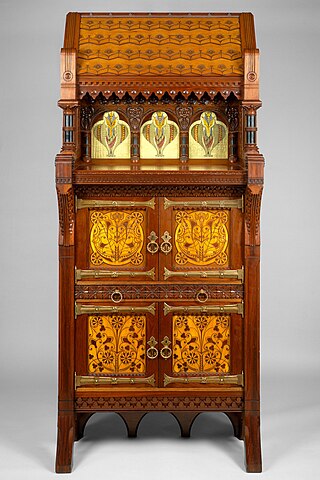
Modern Gothic exhibition cabinet is a piece of Modern Gothic furniture now in the collection of the Metropolitan Museum of Art. Although its design was once attributed to Philadelphia architect Frank Furness and furniture maker Daniel Pabst, MMA now credits its design and manufacture to Pabst alone. At 8 feet (2.4 m) tall, it is an unusually large and polychromatic American example of the rare style.
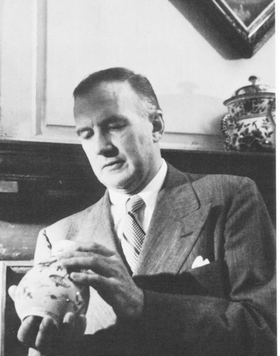
Joseph Downs was an American museum curator and scholar of American decorative arts. After 17 years at the Metropolitan Museum of Art, Downs became founding curator of the Winterthur Museum, Garden and Library from 1949 to 1954. His assistant, Charles F. Montgomery, became Winterthur's first director after Downs' death.
Morrison Harris Heckscher is an American retired curator and art historian who served as the Lawrence A. Fleischman Chair of the American Wing at the Metropolitan Museum of Art from 2001 to 2014. He had worked in various curatorial roles at the Met since 1966. As chair, he oversaw a complete renovation of the interior and exhibits. He is a recipient of the Antique Dealers' Association Award of Merit and the Winterthur Museum's Henry Francis du Pont Award.
Milo Merle Naeve was an American art historian, curator, and museum administrator who worked at the Winterthur Museum, Garden and Library, Colonial Williamsburg, the Colorado Springs Fine Arts Center, and the Art Institute of Chicago, where he held the first curatorship in American arts and the first endowed curatorship at the Institute.

Quilting Frolic is an oil-on-canvas genre painting by American artist John Lewis Krimmel (1786–1821). It was painted in Philadelphia in 1813. Purchased in 1953, the work is held in the permanent collection of the Winterthur Museum, Garden and Library. The painting depicts an interior domestic scene of merrymaking with a Black child serving and a Black fiddler entertaining partygoers celebrating the completion of a quilt.
References
- 1 2 3 4 Castrodale Golovin, Anne (1970). "Daniel Trotter: Eighteenth-Century Philadelphia Cabinetmaker". Winterthur Portfolio. The University of Chicago Press. 6: 151–184. doi:10.1086/495801. JSTOR 1180528. S2CID 161129153.
- ↑ Schwarz, Robert L. (1980). The Stephen Girard Collection. Vol. 12. Baltimore: Baltimore Museum of Art. Cited in Philip D. Zimmerman, Charles T. Butler, Catherine E. Hutchins, American Federal Furniture and Decorative Arts from the Watson Collection, p. 17.
- ↑ Zimmerman, Philip D.; Butler, Charles T.; Hutchins, Catherine E. (2004). American Federal Furniture and Decorative Arts from the Watson Collection. Hudson Hills. pp. 17, 29, 30, 37. ISBN 9781882650170.
- ↑ Rogers, Mary-Alice; Heckscher, Morrison H. (photographs) (1985). American Furniture in the Metropolitan Museum of Art. Vol. 2. Metropolitan Museum of Art. p. 110. ISBN 9780870994272.